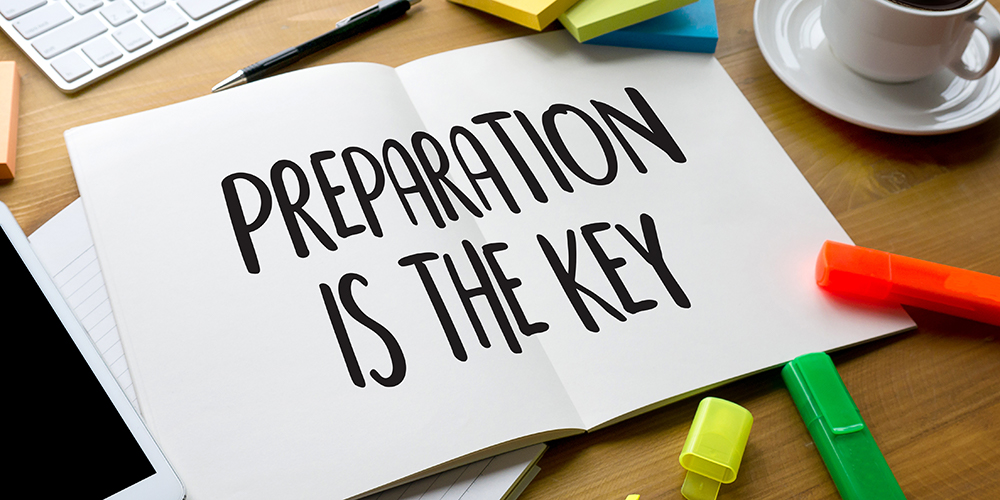With the recent wildfires in Maui, disaster preparedness is (or should be) once again top of mind. Aside from the physical recovery of businesses, integrity of their data (the lifeblood of the business) is at stake. Even if you think you’re prepared, you may not be. Read on to learn more about where to start in your disaster recovery planning.
Consequences of Not Being Prepared
The disaster may be twofold, as discovered in Maui. Not only did brush fires start, but winds from Hurricane Dora blasted part of the island, resulting in an even worse catastrophe. Businesses and homes were burned to the ground, and work stopped. Do you know what your business would do during an outage, let alone a disaster like Hawaii’s? And why limit preparedness to major disasters? These days, anything can happen–even a worker unwittingly clicking on a link in a phishing email, giving away confidential information. Disasters can be big, or stem from small actions. Data can be lost or stolen, resulting in regulatory fines and loss of confidence in your business. Bad actors are always looking for ways to catch businesses off guard; the cyber damage can last even longer than physical damage.
Where to Begin
Perhaps you’re overwhelmed by the process, wondering how to even get started. A good place to start is doing an audit of your current preparedness level. What systems, data and applications need to be up and running first, to keep your business operating? Which ones can be delayed a bit while you get your bearings? A thorough review of business-critical functions can show you where you have preparations in place and where you don’t. Where is your data stored, and what security procedures does your provider practice to keep the data from getting lost or stolen?
Preparing a Plan – What to Consider
Agencies like the Small Business Administration (SBA) can help you formulate your plan, step by step. A good first step is auditing and updating contact information for everyone in the business, to assess their welfare in the case of a natural disaster. Consider also which applications you need to use immediately, such as email or file-sharing, to keep your business going during and after even a relatively small incident. Which data protection regulations does your company adhere to, and how do they address data loss?
While getting started with (or refining) your company’s preparedness plan can be daunting, doing so will pay off. For help in designing a plan, contact your trusted technology advisor today

